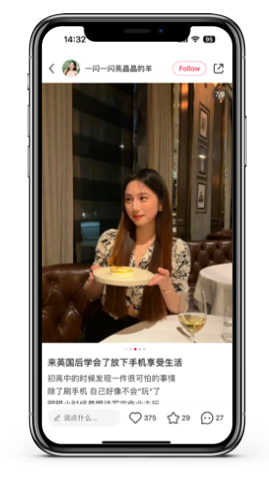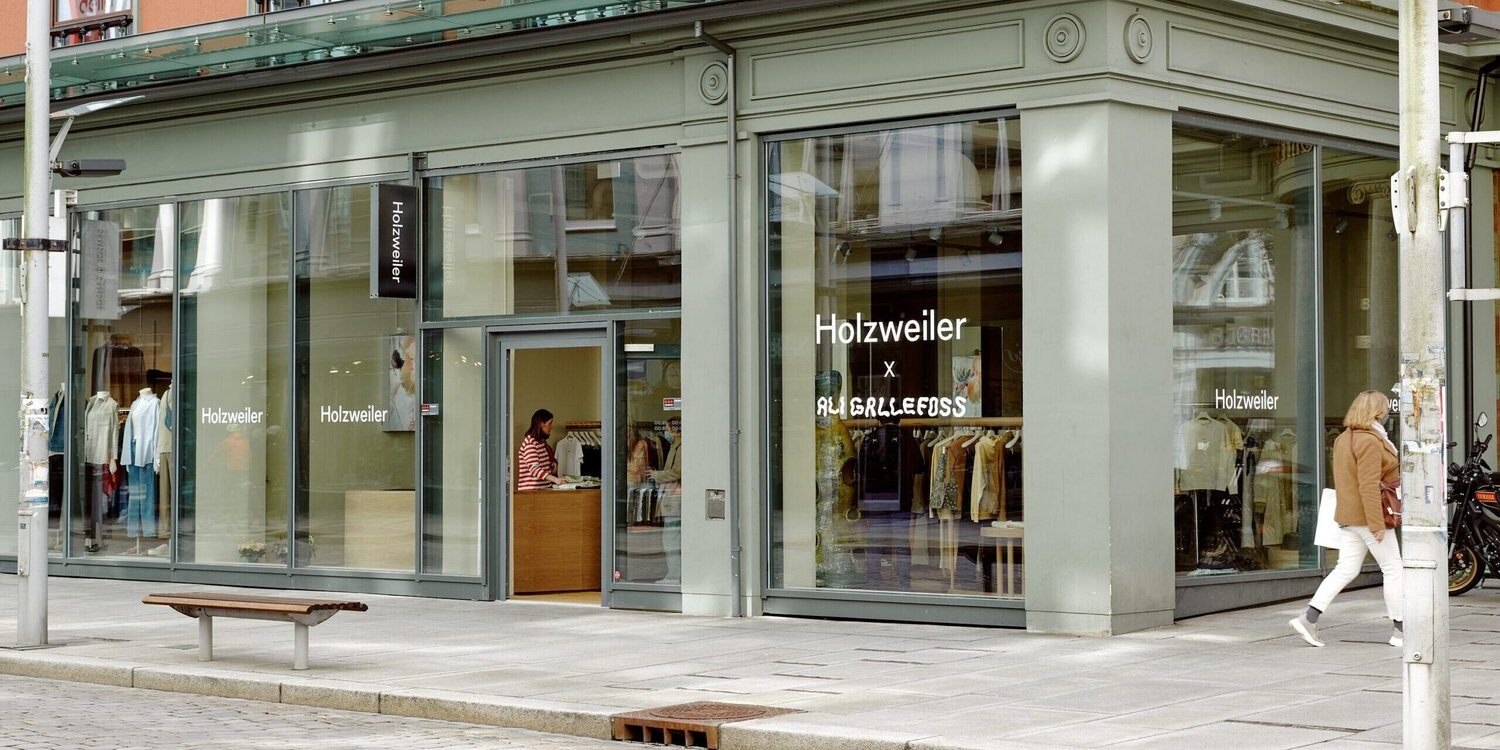Hot Pot China were briefed by the Marcus Wareing team to explicitly grow the awareness of Michelin-star restaurant Marcus Belgravia amongst Chinese foodies overseas, and specifically to see an uplift in peak and off-peak bookings from this consumer segment.
In this article we’ll share this case study, and an overview of our KOL and Chinese social media strategy to achieve some brilliant results for the brand.

The Challenge
As well as being united by a shared commitment to helping brands effectively rise to the challenge of China, and engage with Chinese consumers, Hot Potters are in the main massive foodies, and so a brief from Marcus Wareing’s Michelin star restaurant in Belgravia was a very exciting prospect indeed.

The team at Marcus came to us with a challenge of how, within a context of a relatively challenging fine dining F&B market, to engage with the discerning and passionate Chinese foodie segment. Our deep expertise in being able to identify and connect brands to a range of exclusive and influential KOLs (Key Opinion Leaders), meant that this was a challenge we were confident we could overcome to drive results.
The Strategy
Our strategic approach for Marcus Belgravia started, as is the case with all Hot Pot campaigns, with an immersion into the current Chinese brand perceptions around the venue. Our team’s analysis of XiaoHongShu (Little Red Book) posts found relatively minimal awareness of the brand, especially when compared to other fine dining options across the capital.
We observed that many restaurants were growing in popularity in quite a short timeframe, and that this was being driven by XiaoHongShu posts from Chinese influencers. We also noted that Chinese foodies in London were taste and experience driven, and that whilst price was important, a huge factor in determining popularity was how exceptional the eating experience itself is.

The Execution
Our influencer marketing team drew up a long-list of XiaoHongShu KOLs to consider, and based on brand fit and tone, follower count and experience in driving awareness of restaurants in the past, we shortened this to a preferred list of 9 KOLs (well known influencers with larger followings) and KOCs (smaller followings but higher engagement influencers). The brief was clear: create content that would drive engagement and curiosity about Marcus Belgravia, with the overarching goal being to drive subsequent bookings.
We then worked with the chosen KOLs and KOCs to arrange site visits, brief and manage content output. We also worked directly with influencers to ensure the posts were an honest reflection of their own experiences, as this is a key pillar of effective content which works well on Chinese social. Our KOLs ranged in following from Angelene, who has 448k followers on XiaoHongShu, to Momo Shi, who has 91.3k. Each KOL is chosen not purely on scale but also on their ability to generate effective engagement.

Results
The Marcus team were really impressed with the results. Overall the campaign was estimated to have driven between 250-400 Chinese foodies to the Marcus Belgravia site.
As well as generating UGC content which exceeded expectation in terms of engagements (with a total of over 7.5k engagements and 550 comments across the 20 influencers), the team also saw a clear, observable uplift in Chinese lunchtime and peak bookings during the campaign period. Commenting on the campaign, Emily Jacobs, the Marketing & Communications Manager at Marcus Wareing Restaurants said:
“We had great success in working with Hot Pot China. We saw a significant increase of bookings from a new cultural audience, during our off-peak periods we were looking to fill”
We were delighted to have utilised our KOL and KOC know-how to drive tangible commercial success for Marcus Belgravia.
If you are a restaurant group or brand and are looking to capitalise on a high-spending, untapped audience segment, please get in touch with our Influencer Marketing team at Nihao@hotpotchina.com.
We are especially experienced in being able to identify and value your existing Chinese customer-base, and given the ramp-up of inbound Chinese travel as we approach Q3, now is a great time to consider engaging your Chinese customer base.
Related blog posts

